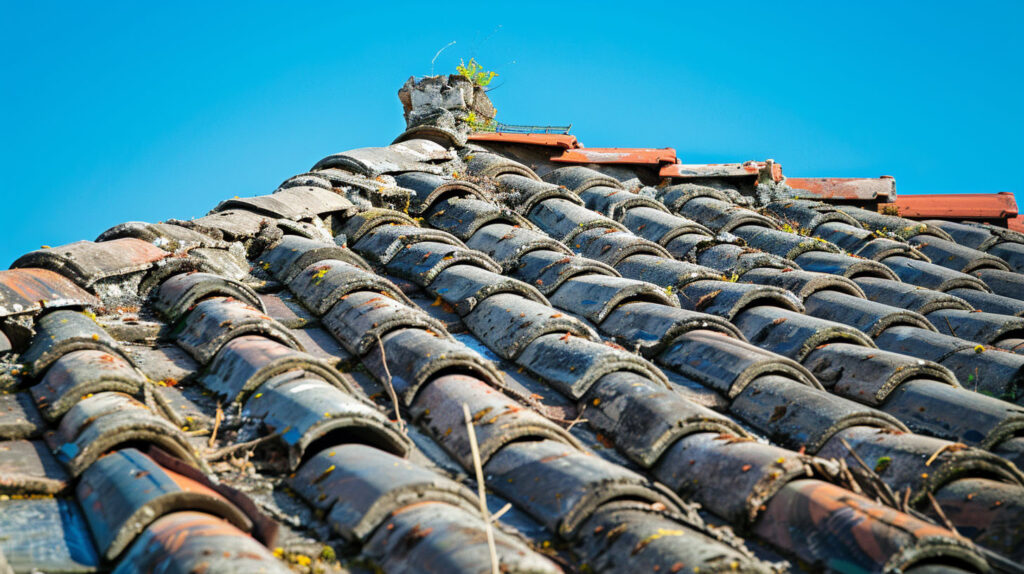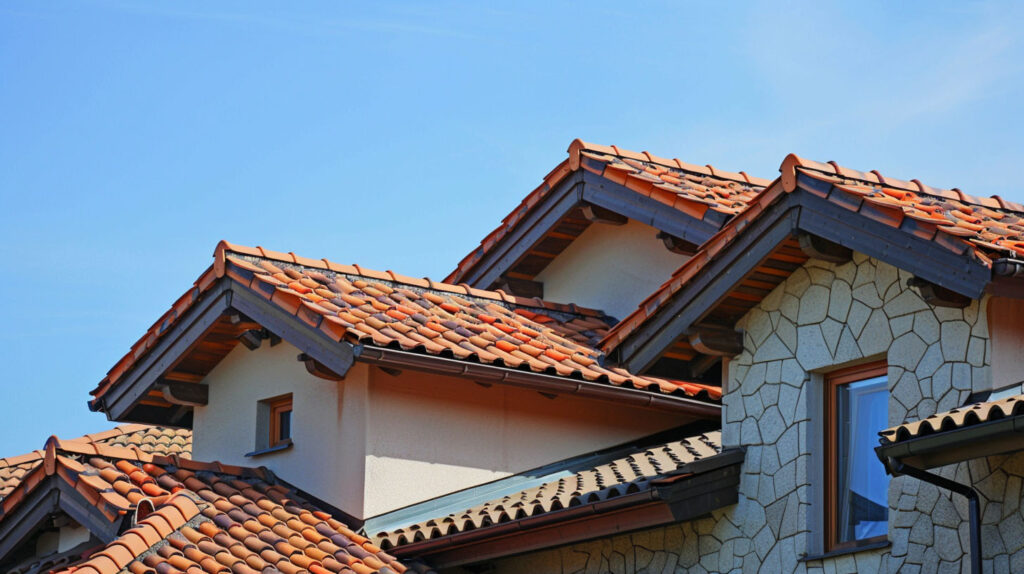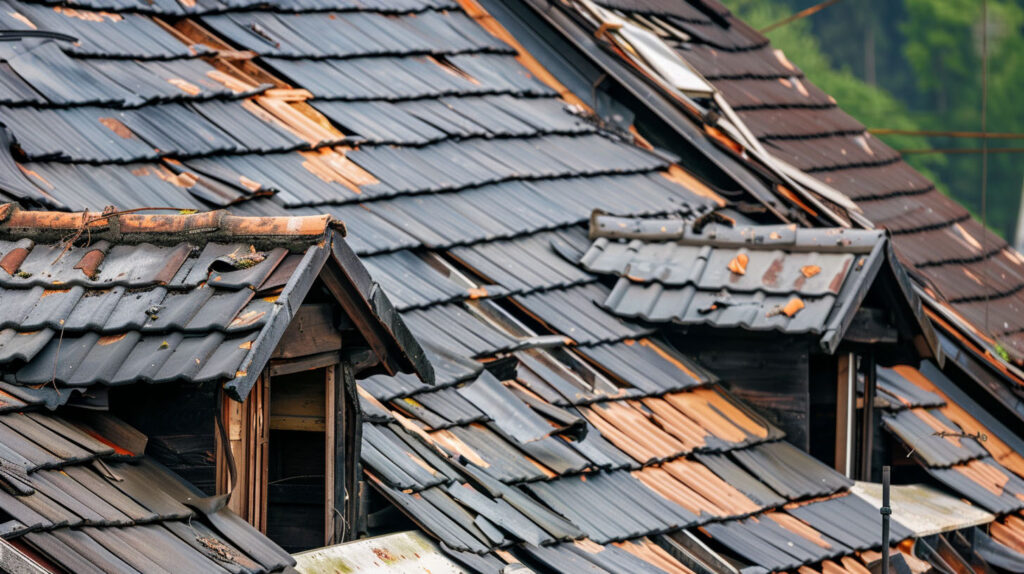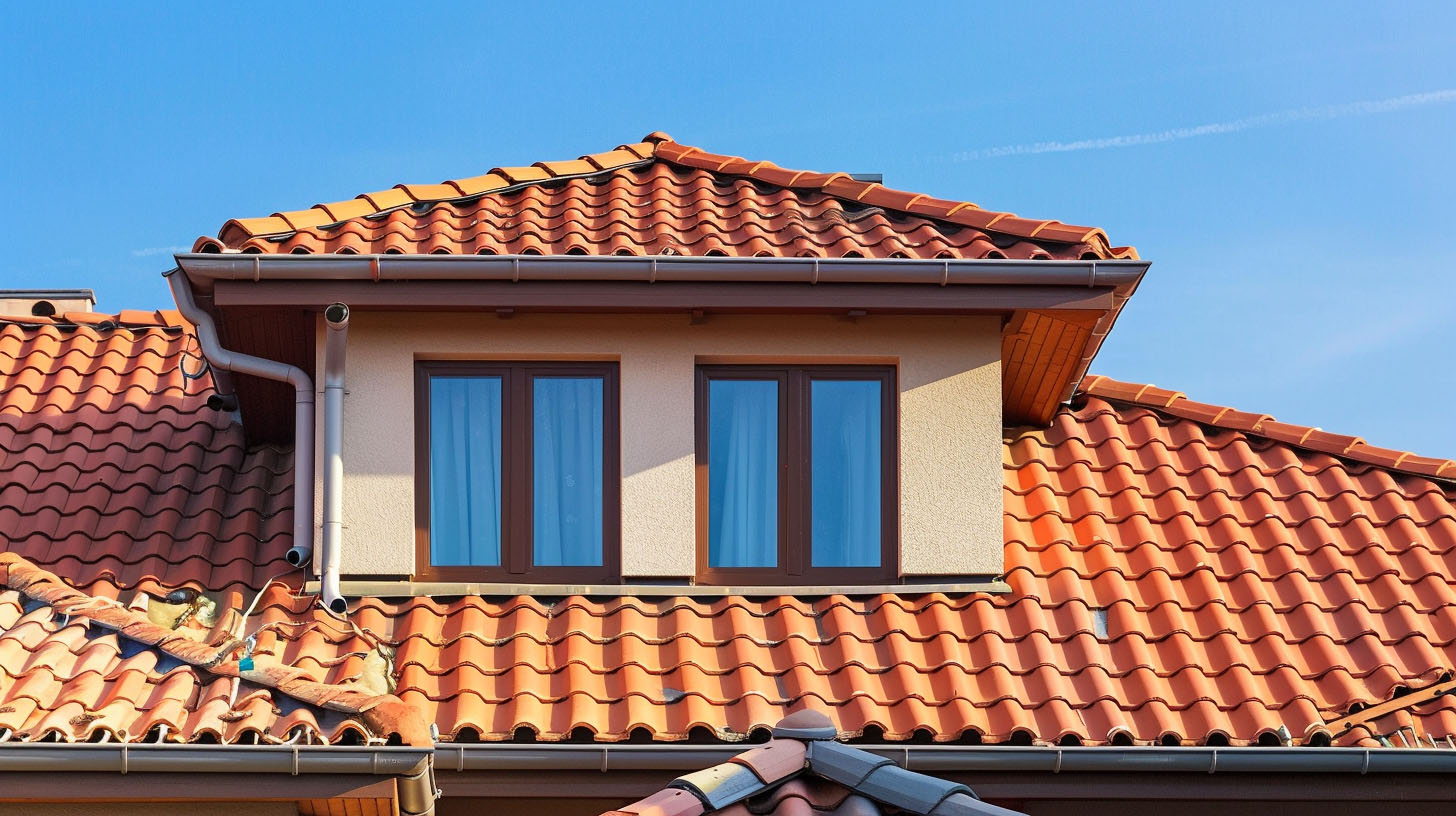The Best Roof Types for Earthquake-Prone Areas
Living in Burbank, CA, comes with its share of seismic activity, making earthquake resistance a top priority for homeowners. Your roof serves as more than just a shield from external elements; it plays a crucial role in holding the structure together during an earthquake. Careful consideration of your roofing material can enhance your home’s resilience against seismic forces. At Specialist Roofing & Repair, we specialize in providing excellent choices to safeguard your home while maintaining its aesthetic appeal.
Key Features of Earthquake-Resistant Roofs
Homes in earthquake-prone areas benefit significantly from roofs designed to withstand seismic forces. One essential quality is the use of lightweight roofing materials, which reduce the risk of collapse by minimizing the overall load on the structure.
Additionally, roofs with enhanced structural integrity can transfer lateral stress effectively across the frame. Features like strong connections between roof rafters and external walls or the use of roof decking materials such as OSB sheathing are increasingly recommended for better earthquake performance.
Importance of Lightweight Roofing Materials
Utilizing lightweight roofing materials is essential for enhancing a structure’s earthquake resistance. By minimizing the roof’s weight, the transfer of lateral stress loads becomes more manageable, reducing the risk of collapse during seismic events. Materials such as fiberglass asphalt shingles and metal roofing options play a crucial role in maintaining structural integrity. Furthermore, employing these lightweight solutions supports the design of flexible roof structures, which can better absorb seismic shaking and provide invaluable peace of mind in earthquake-prone areas.

Role of Flexible Roof Structures
Flexible roof structures play a pivotal role in enhancing seismic safety by allowing for natural movement during seismic events. These designs enable the transfer of lateral stress loads, reducing the risk of damage under shaking. Lightweight roofing materials, such as metal or fiberglass asphalt shingles, contribute by minimizing the overall weight on the roof deck, further bolstering structural integrity. Employing strategies like seismic ties and metal strap connectors within the roof framing enhances resilience against earthquake forces, providing homeowners with essential peace of mind.
Top Roofing Materials for Earthquake-Prone Areas
Conversely, heavier materials like clay tiles and even wood shingles may lead to structural vulnerabilities. Every material comes with advantages, but when your roof also serves a structural role, opting for the best roof is non-negotiable. Let’s explore these options further by comparing their key features and limitations.
Performance of Asphalt Shingles and Metal Roofing
Asphalt shingles offer a lightweight roofing material that promotes better earthquake resistance due to their reduced dead weight, minimizing the risk of collapse during seismic events. Their shear strength can effectively withstand lateral loads, especially when combined with metal strap connectors.
Conversely, metal roofing excels in structural integrity, providing superior durability against seismic shaking. Lightweight and resilient, metal roofs are designed to transfer lateral stress loads efficiently, thereby enhancing the entire structure’s stability during an earthquake.
Advantages and Limitations
Clay tiles are celebrated for their durability and resistance to seismic forces, providing a heavy-duty option for earthquake-prone regions. Their sheer weight, however, may contribute to increased lateral loads, potentially impacting the structure’s overall integrity. On the other hand, wood shakes offer a lightweight alternative, enhancing flexibility during seismic events. Yet, can be more vulnerable to the risk of fire and decay, which may limit their longevity. Homeowners must weigh these roofing options based on specific needs and environmental factors.

Understanding Earthquakes and Their Impact
Earthquakes unleash a combination of vertical and lateral forces on buildings, with roofs often bearing the brunt. The roof’s weight and its ability to distribute seismic forces significantly influence a building’s survival.
Heavy roofs, like concrete tiles, amplify the strain on external walls during tremors. Alternatively, roofs made from durable yet lightweight materials are less likely to compromise a building’s structural integrity. These differences make informed roofing material selection critical to your home’s safety during natural disasters.
Evaluating Roof Materials
Selecting the right roofing materials plays a crucial role in ensuring a structure’s integrity against seismic forces. Lightweight roofing materials, such as fiberglass asphalt shingles and metal roofing, significantly reduce the roof’s weight, which in turn minimizes the transfer of lateral stress loads during seismic shaking. Additionally, using advanced materials like Decra metal roofing offers enhanced durability and shear strength. Consulting with roofing professionals can help determine the optimal roofing options that align with a home’s specific needs, promoting earthquake resilience and peace of mind.
The Role of Roof Design
A well-designed roof plays a crucial role in ensuring seismic safety during events characterized by seismic activity. Proper roof design minimizes the transfer of lateral loads, helping maintain the structural integrity of the entire home. Lightweight roofing materials, such as metal or fiberglass asphalt shingles, significantly reduce the overall dead weight, lowering the risk of roof collapse. Employing robust construction techniques like seismic ties and metal strap connectors enhances shear strength, providing peace of mind in earthquake-prone regions while effectively managing earthquake forces.

What’s Next
Choosing the right roofing material is essential for enhancing the structural integrity of homes in earthquake-prone regions. Lightweight roofing materials, like fiberglass asphalt shingles and metal roofing, provide substantial benefits by reducing the dead weight that roofs impose during seismic shaking. As an Owens Corning Platinum Preferred Contractor and a Polyglass Quantum Contractor with an BBB A+ Rated, we make informed decisions about roof design and installation that will not only mitigate the risk of collapse during an earthquake but also ensure peace of mind for homeowners. Ultimately, selecting the best roof bolsters the entire structure against nature’s unpredictability.
Frequently Asked Questions
What is the best roof for earthquakes?
The best roof for earthquake resistance typically includes lightweight roofing materials such as a metal roof. Options like asphalt shingles may work but lack the shear strength that metal roofing provides, making the latter a more reliable choice for seismic safety.
Which type of house is best for earthquakes?
Homes with superior structural integrity, including robust home walls and external reinforcements, best withstand seismic activity. Flexible joints in exterior walls and well-distributed weight lower the risk of collapse, ensuring a safer living environment during earthquakes.
Read our blog: How New Gutters Can Prevent Foundation Issues



